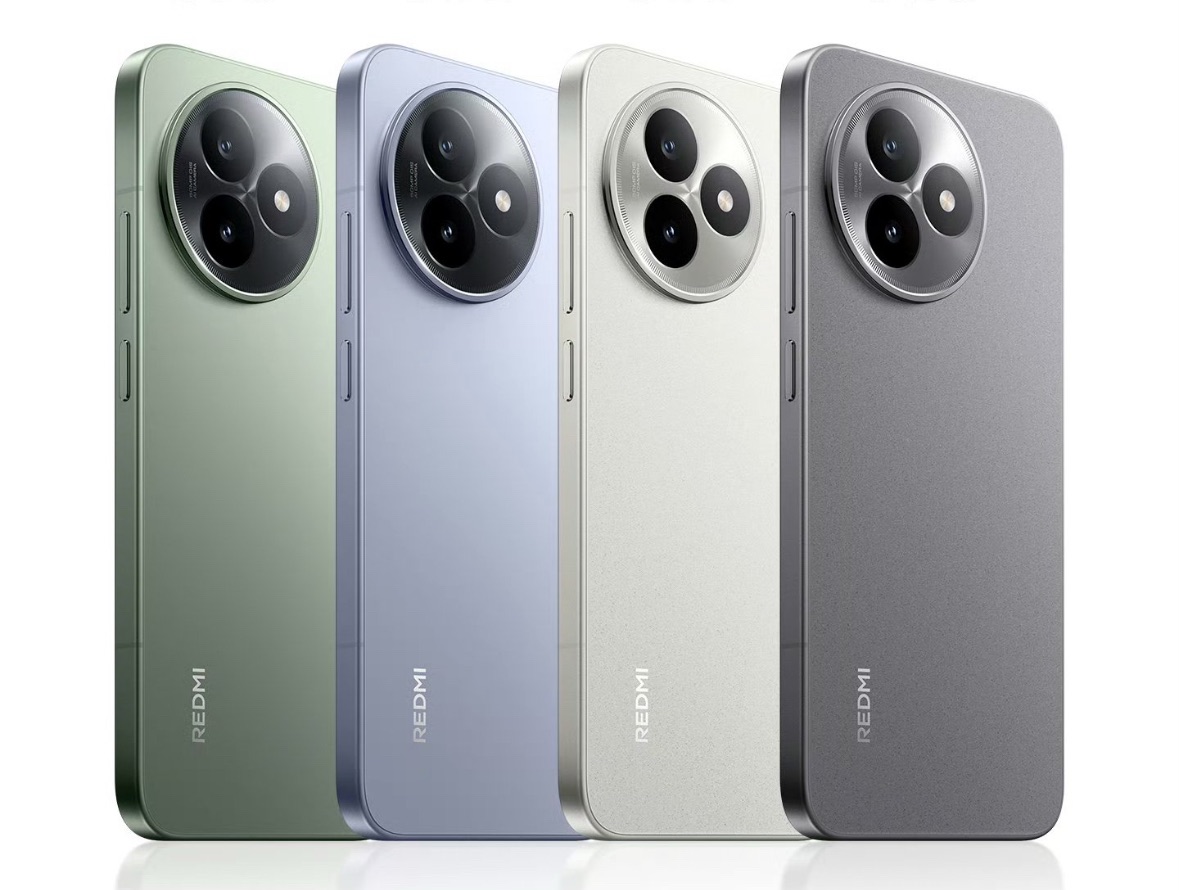On June 22, Beijing time, according to electric vehicle website Electrek, just as Tesla is about to start testing for self-driving taxis, Andrej Karpathy, the company’s former AI director, warned not to believe that the problem of autonomous driving has been solved, nor do they think that fully autonomous cars will be implemented soon.
In the field of AI, Kapasi is a very respected leader. In 2017, Elon Musk poached him from OpenAI.
Since then, he quickly became the head of Tesla’s AI project, leading the development of autonomous assisted driving systems (Autopilot) and fully autonomous driving systems (FSD) neural networks. In 2022, Kapasi left Tesla and briefly returned to OpenAI in 2023, before starting his own AI education company, Eureka Labs.
Kapasi is a Slovak Canadian computer scientist who is widely regarded as one of the top experts in computer vision.He pioneered Tesla’s method of relying solely on vision to achieve autonomous driving.
Autonomous driving is still immature
This week, Kapasi gave a speech at the AI Entrepreneurship School event at the startup incubator Y Combinator and gave some interesting insights on autonomous driving.
Kapasi recalls an experience in 2013. At that time, a friend who worked in Google’s autonomous driving department (now Waymo) carried him to experience self-driving cars. Kapasi pointed out that 12 years have passed and the problem of autonomous driving has not been resolved.
“We got on the self-driving car and drove about 30 minutes along the roads, streets, etc. around Palo Alto, and the journey was perfect. There was no intervention in the whole journey. This was in 2013, about 12 years ago. It touched me because I had a perfect driving experience, a perfect autonomous driving demonstration, and I thought autonomous driving was about to come true because it all worked. It was incredible. But now 12 years later, we are still working on the development of autonomous driving technology. We are still working on driving (AI) agents. Even now, we have not really solved this problem,” said Kapasi.
Remote control
Today, 12 years later, Waymo operates more than 1,000 autonomous vehicles in California, Arizona and Texas, completing hundreds of thousands of autonomous rides for paid customers a week.
However, Kapasi explained that this does not mean that the problem of autonomous driving has been resolved. “You might see Waymo’s self-driving cars driving on the road, which looks like they’re driving, but in fact there are still remote controls and a lot of manual participation,” he said.
Waymo has confirmed that it uses a certain level of remote control, but the level of it is not yet clear. It is certain that when the vehicle is in trouble, Waymo will at least send instructions to the vehicle remotely.
“We haven’t reached the point of proclaiming success, but I think it will definitely succeed now, but the process is just a long one,” said Kapasi.
He added that “software is very complex” and that “AI agents” (referring to AI that performs tasks for humans, such as driving vehicles) will take time to develop.In his opinion, this year will not be the “year of AI agents”, and the next ten years will be the “era of AI agents”.
Advertising statement: The external redirect links (including, not limited to, hyperlinks, QR codes, passwords, etc.) contained in the article are used to convey more information and save selection time. The results are for reference only. All articles from Passionategeekz include this statement.
Discover more from PassionateGeekz
Subscribe to get the latest posts sent to your email.





